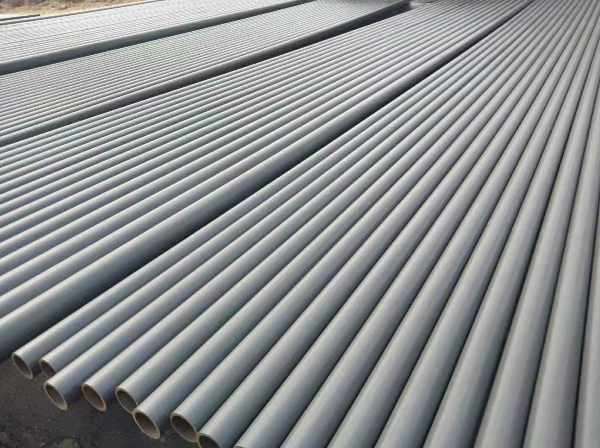The main factors affecting the passivation of seamless steel pipes are as follows:
1. The passive film of seamless steel pipe is a suppressed metastable structure in thermodynamics, and its maintenance is related to the medium in the environment. However, no matter what kind of environment it is used in, it must be regularly cleaned to remove harmful substances attached to the surface.
2. Chloride ions are extremely harmful to the coating of seamless steel pipes. We must strictly control the content of chloride ions in the passivation solution during the process of stop passivation. Many chemical materials for passivation have limited requirements for chloride ions. In the configuration of passivation liquid and cleaning water, there are also strict water quality requirements for chloride ions to ensure that the passivation waste does not contain chloride ions.

3. The passivation performance of seamless steel pipe is low when the nickel content is low, so the martensite content and the content of chromium and nickel have a great influence on the passivation performance of the rectangular tube. The more lubricated the surface of stainless steel, the lower the roughness, the more difficult it is for foreign matter to adhere, and the corrosion will be reduced to the lowest point. Therefore, the surface of the rectangular tube should be finished as much as possible. In addition, the cleaning after passivation should be stopped carefully, so that the remaining acid can promote the anode response, maintain the integrity of the film, and ensure that the appearance of corrosion resistance is strengthened.
4. The surface of seamless steel pipes will inevitably adhere to oil stains during production and transportation, which will affect the quality of rust removal and phosphating, and reduce the bonding force between the coating and the substrate. Mainly use organic solvents to dissolve saponified and unsaponified oils to remove oil stains. Commonly used organic solvents include ethanol, gasoline for cleaning, toluene, carbon tetrachloride, trichloroethylene, etc. Among the more effective solvents are carbon tetrachloride and trichloroethylene, which do not burn and can be used for degreasing at higher temperatures.













 Eastern Steel Manufacturing Co.,Ltd not only improve product production and sales services, but also provide additional value-added services. As long as you need, we can complete your specific needs together.
Eastern Steel Manufacturing Co.,Ltd not only improve product production and sales services, but also provide additional value-added services. As long as you need, we can complete your specific needs together.










